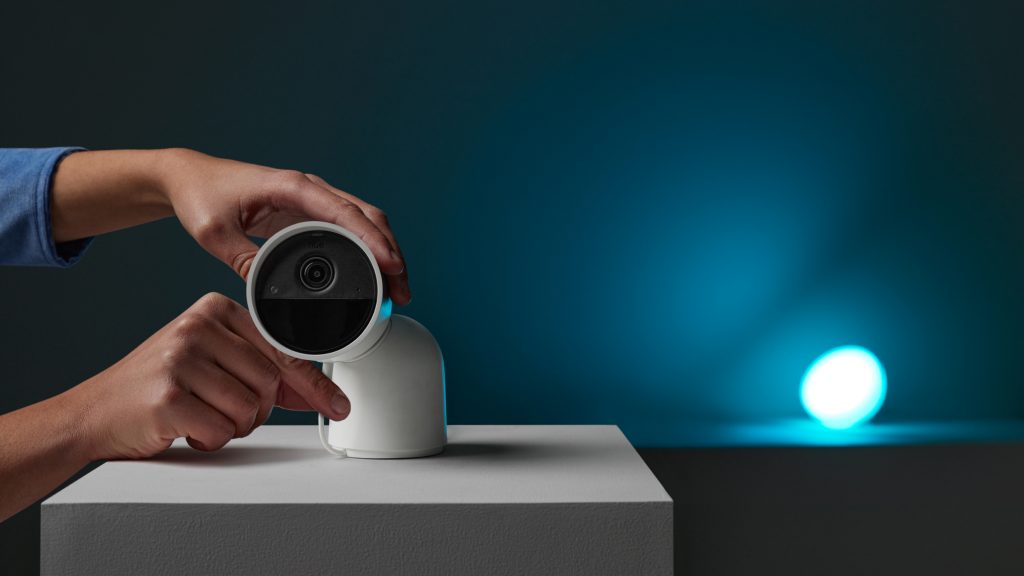Introduction
The Internet of Things (IoT) is changing the game for industries, bringing amazing opportunities for businesses and consumers alike. But let’s face it—adopting IoT isn’t always easy.
Developers often run into big challenges, like keeping everything secure or getting devices to work well together. In this post, we’ll talk about the biggest hurdles in IoT development and share some practical tips to help overcome them.
Let’s dive in!
The Growth of IoT and Emerging Complexities
The Internet of Things (IoT) has evolved from a novel concept into a transformative force across industries. From connected homes and wearable devices to industrial automation and smart cities, IoT is reshaping how we live and work. With billions of devices communicating and sharing data in real time, the possibilities seem limitless.
However, this rapid growth also brings new challenges. As IoT ecosystems become more sophisticated, developers and businesses must navigate an increasingly complex landscape that includes technical, operational, and ethical hurdles. These complexities make it essential to address foundational issues like security, scalability, and data management to ensure IoT’s continued success.
Importance of Addressing IoT Challenges
While the opportunities presented by IoT are immense, they are not without risks. Unresolved challenges can hinder the technology’s potential, leading to inefficiencies, security vulnerabilities, or even public mistrust. Addressing these challenges is not just a technical necessity but a strategic imperative. Businesses that proactively tackle IoT obstacles can unlock its full potential, fostering innovation and building trust with users.
Moreover, finding effective solutions to IoT challenges paves the way for sustainable growth, ensuring the technology remains a driver of progress across industries. This blog explores the most pressing IoT challenges and provides actionable strategies to overcome them, empowering businesses to thrive in the connected era.
1. Enhanced IoT Security Measures
The sheer number of devices, combined with their constant exchange of data, makes IoT systems highly vulnerable to breaches. One of the key reasons for this vulnerability is that many IoT devices prioritize functionality and affordability over robust security. Devices often ship with weak or default passwords, lack the ability to update firmware, or operate on outdated software. This leaves them exposed to a variety of cyber threats like data theft, device hijacking, or denial-of-service attacks.
For example, the infamous Mirai botnet attack in 2016 exploited weak security in IoT devices to create a massive network of compromised gadgets, which was then used to launch one of the largest distributed denial-of-service (DDoS) attacks ever recorded. Incidents like this highlight how serious IoT security risks can be—not just for individuals but for entire networks and systems.
Additionally, the diverse ecosystem of IoT devices complicates security. Devices from different manufacturers often don’t adhere to the same security standards, leading to inconsistencies and vulnerabilities. And because IoT devices typically have limited processing power, implementing advanced security features without affecting performance can be a significant challenge for developers.

How to Overcome it?
To safeguard IoT ecosystems, it’s crucial to adopt advanced security measures that leverage modern technologies like artificial intelligence (AI) and robust encryption protocols.
AI-Driven Security Protocols
AI and machine learning can enhance IoT security by detecting and responding to threats in real time. These technologies can analyze vast amounts of data to identify unusual patterns or potential intrusions, even before they cause damage. For example, AI-driven intrusion detection systems can monitor device behavior, flagging any activity that deviates from the norm.
End-to-End Encryption
Encryption is critical for protecting data as it travels between devices and systems. Implementing end-to-end encryption ensures that sensitive information remains secure, even if intercepted during transmission. This approach encrypts data at its source and only allows it to be decrypted by authorized recipients, reducing the risk of unauthorized access.
Regular Updates
Over-the-air updates ensure devices receive the latest security patches to counter evolving threats. This proactive approach keeps vulnerabilities in check.
Adopt Security by Design
Developers should embed security measures during the design phase of IoT devices, rather than as an afterthought. This includes features like secure boot processes, encrypted storage, and device-level authentication.
Real-Life Example
Nest, a leading smart home device brand, uses end-to-end encryption to secure data between devices and the cloud. It also employs AI to monitor unusual activity, such as abnormal movements detected by cameras, while rolling out regular firmware updates to address new threats. This proactive approach has helped Nest maintain its reputation for secure and reliable IoT solutions.
By combining AI-driven protocols, encryption, and consistent updates, developers can create secure IoT systems that users can trust.
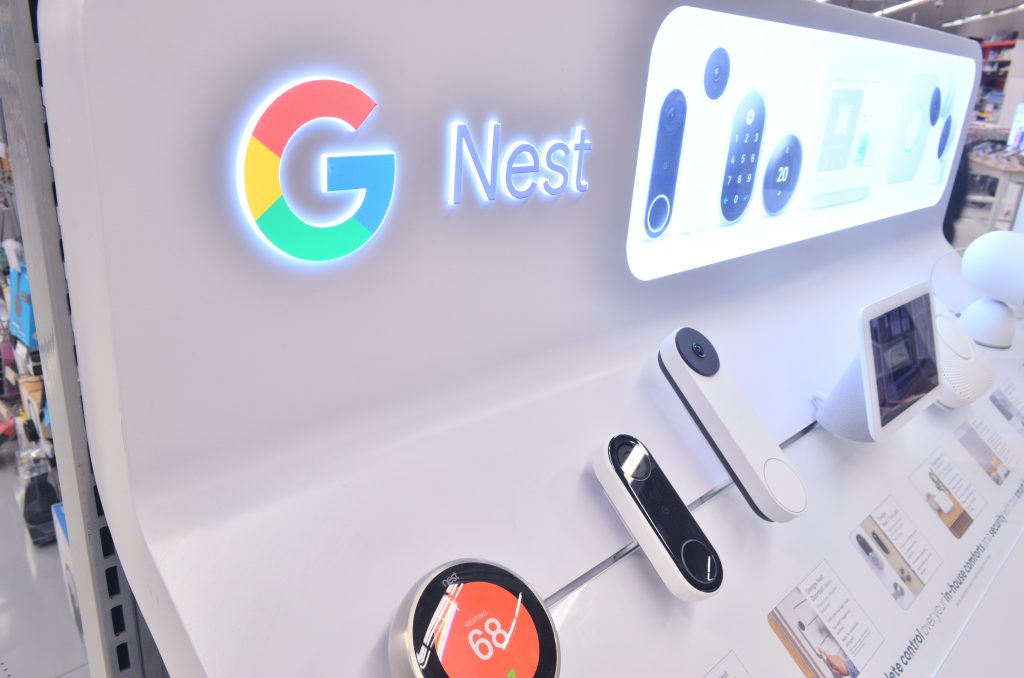
Source: WIkipedia
2. Interoperability and Standardization
While variety showcases the versatility of IoT, it also reveals a major issue: the lack of unified standards. Devices from different manufacturers often use incompatible communication protocols, data formats, and APIs. This fragmentation makes it difficult for devices to work seamlessly together, leading to inefficiencies and increasing the complexity of integration efforts.
For instance, connecting a smart thermostat from one brand to a security system from another might require costly middleware or custom solutions, which can hinder scalability and increase maintenance costs.
The absence of standardized guidelines also complicates device certification and security assessments, making it harder for developers to ensure that their systems meet global or industry-specific requirements. Therefore, this lack of uniformity not only slows down innovation but also raises costs for businesses and developers, especially when deploying IoT solutions across multiple regions or industries.
How to Overcome It?
To address interoperability challenges, IoT developers and organizations can focus on leveraging open-source platforms and fostering collaborative frameworks:
Use Open-Source Platforms
Open-source IoT platforms like OpenIoT, ThingSpeak, or Eclipse IoT provide flexible and standardized tools for device communication, data processing, and integration. By using these platforms, developers can reduce compatibility issues and promote cross-device collaboration.
Adopt Collaborative Frameworks
Industry-wide initiatives like the Open Connectivity Foundation (OCF) or standards like MQTT and CoAP are designed to promote uniformity in IoT development. Adopting these frameworks ensures devices can communicate effectively, regardless of the manufacturer.
Focus on API Standardization
Developing and adhering to common API structures can simplify how devices share and process data, making integration easier and more cost-effective.
Encourage Ecosystem Collaboration
Manufacturers and developers should work together to establish universal standards, ensuring consistency across devices and platforms. Participation in global forums and standardization bodies can help drive this effort.
Real-life Example
A notable example of addressing interoperability is the Zigbee Alliance (now Connectivity Standards Alliance). This group brought together manufacturers to create a unified standard for smart home devices. Zigbee-certified devices, from lights to sensors, can seamlessly work together, regardless of the brand. By focusing on a collaborative framework, Zigbee has significantly reduced compatibility issues, making it easier for developers and users to build and expand IoT ecosystems.
Through open-source platforms and collaborative efforts, developers can overcome interoperability challenges, creating IoT systems that are more integrated, scalable, and user-friendly.
3. Scalability Issues
Moving on to another problem is the complexity of managing an increasing number of devices and the massive volumes of data they generate. Scalability becomes a critical challenge, particularly when organizations try to expand their IoT networks without compromising performance or efficiency.
Adding more devices to a network often puts pressure on existing infrastructure. Data bottlenecks, latency issues, and even downtime can arise when systems aren’t built to handle such growth. Furthermore, centralized systems may struggle to process and analyze data from thousands or even millions of connected devices in real time.
For example, a smart city project involving IoT-enabled traffic systems, energy grids, and public safety measures can face significant challenges if its infrastructure isn’t designed to scale. This can lead to delays in processing crucial data, reducing the effectiveness of the entire system.
 How to Overcome It?
How to Overcome It?
To manage growth effectively, IoT systems need a flexible architecture capable of adapting to increasing demands. Two key solutions stand out:
Cloud-Based Infrastructure
Cloud services provide on-demand scalability, allowing organizations to store, process, and analyze data without the limitations of physical infrastructure. By leveraging cloud platforms, businesses can dynamically allocate resources as their IoT networks expand. Additionally, cloud solutions often include tools for data analytics, visualization, and storage, enabling seamless management of large-scale IoT deployments.
Edge Computing
Complementing the cloud, edge computing processes data closer to where it’s generated—at the “edge” of the network. This reduces the load on centralized systems and minimizes latency. By handling data locally and only sending critical information to the cloud, edge computing ensures faster responses and reduces bandwidth consumption, which is crucial for real-time IoT applications like autonomous vehicles or industrial automation.
Hybrid Models
Combining cloud and edge computing can provide the best of both worlds. While edge devices handle immediate processing, the cloud takes care of long-term storage and deeper analysis. This approach balances efficiency and scalability.
Real-life Example
A well-known example that you may know before is Amazon Web Services (AWS) IoT Core. It describes how cloud-based infrastructure can address scalability. It enables businesses to connect billions of devices securely and process trillions of messages with low latency. To enhance this capability, AWS integrates with edge computing services like AWS Greengrass, which allows devices to process data locally before syncing with the cloud.
By adopting scalable architectures like cloud infrastructure and edge computing, IoT developers can ensure their systems are equipped to handle growth without sacrificing performance, reliability, or cost efficiency.
4. Efficient IoT Data Management
Managing this data effectively is a critical challenge, especially as IoT networks grow larger and more complex. The primary difficulties include storing massive datasets, ensuring data accuracy, and processing information fast enough to make real-time decisions. Traditional data management systems often fall short, leading to delays, inefficiencies, or even data loss. Additionally, organizations must balance these technical hurdles with concerns about data privacy and security, further complicating the landscape.
Consider an industrial IoT system monitoring multiple factories. If the data generated by thousands of sensors cannot be processed and analyzed in real time, identifying potential issues, such as equipment failure, becomes nearly impossible. This can lead to costly downtime or even safety risks.
![]()
How to Overcome It?
To address the challenge of data management, organizations need advanced tools and strategies that can handle both the scale and complexity of IoT data.
Real-Time Data Analytics
Implementing real-time analytics tools allows organizations to process data as it’s generated, providing immediate insights. This capability is essential for applications that require instant decision-making, such as autonomous vehicles, smart grids, or healthcare monitoring systems.
AI-Powered Automation
Artificial intelligence and machine learning algorithms can analyze vast datasets efficiently, uncovering patterns and anomalies that would be impossible to detect manually. AI can automate repetitive tasks like sorting, filtering, and flagging critical data, allowing developers to focus on higher-value activities.
Data Tiering
Not all IoT data needs to be stored or processed at the same level. By categorizing data based on its importance—such as critical real-time information versus archival records—organizations can allocate resources more effectively. Edge computing can play a role here by processing time-sensitive data locally while sending less critical information to the cloud for storage or deeper analysis.
Scalable Storage Solutions
Leveraging scalable storage systems like cloud-based data lakes or hybrid storage models ensures that organizations can manage growing data volumes without running out of capacity. These systems also offer tools for indexing and organizing data, making it easier to retrieve and analyze.
Real-life Example
John Deere, a company that uses IoT-enabled sensors on its agricultural equipment to collect data on soil conditions, weather, and crop health. By integrating real-time data analytics and AI, John Deere provides farmers with actionable insights to optimize planting, watering, and harvesting. Their system processes vast amounts of data locally using edge computing and then syncs it to the cloud for broader analysis and forecasting.
5. IoT Device Management
Managing IoT devices effectively throughout their lifecycle is no small task. As networks grow to include thousands or even millions of devices, ensuring each one operates optimally becomes increasingly complex. Two key aspects of device management—firmware updates and lifecycle maintenance—often present significant hurdles.
Firmware updates are critical for patching vulnerabilities, adding new features, or improving performance. However, deploying updates across a vast network can be daunting. Devices in remote or hard-to-access locations, compatibility issues, and ensuring that updates don’t disrupt ongoing operations all add to the complexity. Without proper updates, devices may become obsolete, insecure, or inefficient over time.
Lifecycle maintenance is equally challenging. Devices need regular monitoring to ensure they function properly, which requires tracking their performance, diagnosing issues, and replacing or retiring them when necessary. For organizations with large-scale deployments, this process can quickly become resource-intensive and error-prone if managed manually.
For example, a company operating a global fleet of IoT-enabled sensors for logistics must ensure every device receives timely updates and continues to function correctly. Failing to do so could lead to data inaccuracies or service disruptions, ultimately impacting the business.
 How to Overcome It?
How to Overcome It?
To simplify IoT device management, organizations can turn to centralized IoT management systems and implement robust maintenance strategies:
Centralized IoT Management Systems
A centralized management platform consolidates device monitoring, updates, and diagnostics into a single interface. This streamlines processes like firmware updates, allowing administrators to push updates to all devices simultaneously or target specific groups. These platforms also provide real-time insights into device performance, making it easier to identify and resolve issues.
Over-the-Air (OTA) Updates
OTA update mechanisms enable seamless firmware deployment without requiring physical access to devices. This is especially valuable for devices in remote locations, as updates can be rolled out securely and efficiently, ensuring all devices stay up to date.
Proactive Lifecycle Management
Regular monitoring and predictive maintenance tools can identify potential failures before they occur. AI-powered diagnostics can analyze device performance trends to suggest maintenance or replacements, reducing downtime and extending the lifespan of devices.
Standardized Protocols
Using standardized communication protocols for device management ensures that devices from different manufacturers can be monitored and updated consistently, even in heterogeneous networks.
Real-life Example
An example of effective IoT device management is Cisco’s IoT Control Center. This platform offers centralized control for managing connected devices across multiple industries. Administrators can monitor device health, deploy OTA updates, and receive automated alerts for potential issues. Cisco’s system also provides lifecycle analytics, helping organizations plan maintenance or replacement schedules.
6. Connectivity and Coverage
Ensuring reliable and consistent connectivity is a cornerstone of successful IoT deployments, but it becomes especially challenging in remote or hard-to-reach areas. Many IoT devices operate in locations where traditional connectivity options like Wi-Fi or cellular networks are either unavailable or unreliable. Without stable connections, these devices struggle to transmit data, leading to delays, gaps in monitoring, and potential system failures.
For example, industries such as agriculture, mining, and logistics often rely on IoT devices in rural or offshore locations. These environments demand solutions capable of maintaining robust connectivity despite physical barriers, long distances, or limited infrastructure. The challenge intensifies as businesses scale, requiring seamless connectivity across diverse geographies.
 How to Overcome It?
How to Overcome It?
The key to addressing connectivity challenges lies in leveraging the right technologies for the specific needs of the business. Various connectivity solutions are available, each suited for different scenarios:
LPWAN (Low-Power Wide-Area Network)
LPWAN technologies like LoRaWAN and Sigfox are ideal for devices that require low bandwidth and operate in remote or rural areas. These networks are energy-efficient, making them suitable for battery-operated devices like environmental sensors, agricultural monitors, or utility meters.
5G Networks
For applications requiring high bandwidth and low latency, such as autonomous vehicles, real-time industrial monitoring, or smart cities, 5G is the preferred solution. Its ultra-fast speeds and extensive coverage make it a reliable option for urban and semi-urban IoT deployments. However, it may not be as cost-effective or available in remote areas.
Satellite Connectivity
Satellite networks provide global coverage, making them indispensable for devices operating in extremely remote areas, such as offshore oil rigs, wilderness tracking, or maritime logistics. While satellite connectivity is more expensive, its reach is unmatched, ensuring reliable communication where other networks fail.
Hybrid Connectivity Models
Some businesses combine multiple technologies to ensure seamless coverage. For instance, a logistics company might use 5G in urban hubs, LPWAN for rural areas, and satellite connections for maritime routes. This hybrid approach maximizes reliability while optimizing costs.
Choosing the Right Solution
| Business Type | Recommended Solution | Reason |
| Agriculture (Smart Farming) | LPWAN | Low power consumption, wide coverage in rural areas. |
| Industrial IoT (Factories) | 5G | High bandwidth and low latency for real-time monitoring and automation. |
| Logistics and Fleet Tracking | Hybrid (LPWAN + Satellite) | Flexibility for urban, rural, and offshore routes. |
| Smart Cities | 5G | Supports dense networks of devices and fast communication. |
| Offshore Operations | Satellite | Reliable coverage in remote, unconnected regions. |
Real-life Example
One example is SpaceX’s Starlink satellite service, which provides high-speed internet connectivity to remote and underserved areas. Businesses in logistics and offshore industries use Starlink to maintain uninterrupted communication with their IoT devices, ensuring reliable data transmission even in the most isolated locations.
7. Limited Battery Life of IoT Devices
IoT devices are often deployed in environments where access to a reliable power source is limited, such as agricultural fields, remote industrial sites, or wearable health devices. These devices rely on batteries, which have finite lifespans and require regular replacement or recharging. This poses a significant challenge, especially for large-scale deployments where maintaining thousands of devices becomes logistically and financially burdensome.
Energy constraints not only limit the operational time of IoT devices but also restrict the complexity of their functions. High-energy-consuming features, like constant data transmission or real-time analytics, can drain batteries quickly, forcing developers to make trade-offs between functionality and battery life.
For instance, an environmental monitoring system in a forest may need to operate for years without human intervention. Frequent battery replacements are impractical in such scenarios, making energy efficiency a critical priority.
 How to Overcome It?
How to Overcome It?
To address energy constraints, developers can adopt innovative technologies and strategies to extend battery life or eliminate the need for batteries altogether. Two key solutions are low-power sensors and wireless energy transfer:
Low-Power Sensors
Advances in sensor technology have made it possible to significantly reduce the energy consumption of IoT devices. Low-power sensors are designed to use minimal energy while maintaining functionality, often by incorporating energy-efficient communication protocols like Zigbee or Bluetooth Low Energy (BLE).
Additionally, these sensors often include sleep modes that allow devices to remain dormant when not actively collecting or transmitting data, further conserving energy. For example, a soil moisture sensor for smart farming might only transmit data once every hour, rather than continuously, to optimize power usage.
Wireless Energy Transfer
Wireless charging technologies, such as inductive charging and radio frequency (RF) energy transfer, offer a promising solution to energy constraints. By transmitting energy wirelessly, IoT devices can operate without relying on conventional batteries.
This approach is especially valuable for devices in hard-to-reach locations or those requiring continuous operation. For instance, RF-based energy transfer can power small sensors in industrial settings or smart home devices like door locks, eliminating the need for frequent manual intervention.
Real-life Example
Bosch has developed a range of low-power IoT sensors designed for industrial applications. These sensors leverage energy-efficient protocols and adaptive sleep cycles to extend battery life significantly. Similarly, Ossia’s Cota wireless power technology uses RF to deliver power to devices over short distances, enabling seamless operation of IoT devices like health monitors and environmental sensors.
8. Remote Access and Control
One of the defining features of IoT systems is the ability to access and control devices remotely. However, achieving seamless and reliable remote access is not always straightforward. Challenges often arise from connectivity issues, security concerns, and the complexity of managing diverse devices across different locations.
The need for reliable remote access becomes even more critical for industries like healthcare (e.g., monitoring patient vitals), energy (e.g., managing smart grids), or logistics (e.g., tracking shipments in real time). Failing to provide seamless access can undermine the benefits of IoT systems, making them inefficient or vulnerable to disruptions.
 How to Overcome It?
How to Overcome It?
To address this challenge, implementing secure and robust remote monitoring systems is essential. These systems not only enable smooth device management but also ensure data integrity and user safety.
Secure Remote Monitoring Systems
A secure remote monitoring system provides administrators with real-time access to IoT devices via encrypted communication channels. By leveraging technologies like VPNs, SSL certificates, and advanced authentication protocols, these systems protect sensitive data from interception or tampering.
Additionally, modern monitoring platforms integrate dashboards that allow users to oversee multiple devices simultaneously. This centralized view makes it easier to track device health, identify anomalies, and perform remote diagnostics without requiring physical access.
Cloud-Based Control Solutions
Cloud platforms enhance remote access by offering a unified interface for managing devices, regardless of their physical location. Cloud services also provide scalability, enabling organizations to expand their IoT networks while maintaining consistent access and control.
Failover Connectivity Options
To ensure uninterrupted remote access, businesses can implement failover mechanisms that automatically switch to backup connectivity options (e.g., cellular, satellite) if the primary connection is lost. This is particularly useful for critical applications in remote areas where connectivity is inconsistent.
Real-life Example
Schneider Electric’s EcoStruxure platform exemplifies a secure remote monitoring solution. It enables businesses to monitor and control IoT-enabled energy systems remotely, providing real-time data on energy usage, equipment health, and system performance. By using encrypted connections and multi-factor authentication, EcoStruxure ensures both reliability and security.
9. Bandwidth Limitations
With the explosion of IoT devices, managing the immense volume of data traffic has become a significant challenge. Networks often face congestion when too many devices attempt to communicate simultaneously, leading to delays, data loss, or degraded performance. This issue is especially pronounced in environments with high device density, such as smart cities, industrial IoT deployments, or large-scale event venues.
Bandwidth limitations not only slow down data transmission but also affect time-sensitive applications. For example, in healthcare, real-time IoT systems that monitor patient vitals must transmit data instantly. Network congestion in such cases can result in delayed alerts or incomplete data, potentially compromising patient safety.
 How to Overcome It?
How to Overcome It?
To mitigate bandwidth limitations, organizations can adopt several strategies to optimize data flow and reduce network congestion:
Dynamic Bandwidth Allocation
By using intelligent systems that dynamically allocate bandwidth based on real-time traffic demands, networks can prioritize critical data and ensure efficient use of resources. For example, a smart factory might allocate higher bandwidth to safety-critical sensors while reducing bandwidth for less urgent devices like temperature monitors.
Adjusting Data Prioritization
Implementing Quality of Service (QoS) policies allows networks to prioritize certain types of data over others. For instance, time-sensitive data streams (like video feeds or real-time alerts) can be given higher priority, while non-critical data (like periodic device updates) is scheduled during off-peak hours.
Edge Processing to Reduce Traffic
Instead of sending all raw data to the cloud, edge computing processes data locally on devices or nearby servers. By filtering and summarizing data before transmitting it, edge computing significantly reduces network load and improves response times.
Using Compression Algorithms
Data compression techniques can minimize the size of data packets, reducing the overall bandwidth required for transmission without sacrificing essential information.
Advanced Connectivity Solutions
For large-scale IoT deployments, integrating technologies like 5G or LPWAN can provide higher capacity and lower latency, alleviating bandwidth constraints.
Real-life Example
A notable example is AT&T’s IoT DataFlow service, which uses dynamic bandwidth allocation and QoS policies to optimize data transmission across IoT networks. By prioritizing critical data and enabling edge processing, the platform helps reduce network congestion and ensures reliable communication for diverse IoT applications, from smart homes to industrial systems.
10. Operating Environment Constraints
IoT devices are often deployed in environments that pose extreme challenges, such as high temperatures, heavy humidity, dust, strong vibrations, or corrosive atmospheres. These harsh conditions can compromise the performance, durability, or accuracy of devices, leading to failures and increased maintenance costs.
For instance, IoT sensors used in oil rigs, deserts, or underwater monitoring must withstand extreme temperatures, pressure, and exposure to chemicals. Similarly, devices in industrial settings may face constant vibrations or electromagnetic interference that can disrupt their functionality.
The difficulty doesn’t end at hardware durability. In such settings, maintaining consistent connectivity, ensuring energy efficiency, and preventing contamination of sensitive components add layers of complexity to IoT deployments.
 How to Overcome It?
How to Overcome It?
Ruggedized IoT Hardware
Ruggedized devices are specifically designed to withstand extreme conditions. These devices feature:
- Protective Casings: Built with durable materials like stainless steel or reinforced plastic to resist impacts, water, and corrosion.
- Temperature Resilience: Components engineered to operate within a broad temperature range, from sub-zero to high heat.
- Sealed Designs: Fully enclosed hardware to prevent the ingress of dust, moisture, or other contaminants.
Rugged IoT hardware is ideal for industries like mining, oil and gas, or maritime applications where conditions can quickly degrade standard devices.
Comprehensive Environmental Testing
Testing devices under simulated or real-world conditions helps ensure reliability before deployment. This can include:
- Vibration and Shock Testing: To confirm devices can handle mechanical stress in industrial or transportation settings.
- Weather Testing: Exposing devices to extreme temperatures, humidity, and UV light to test durability in outdoor environments.
- Chemical Resistance Testing: For applications in corrosive atmospheres, such as chemical plants or underwater installations.
- Adaptive Features for Resilience:
Devices can be designed with adaptive features like automatic shutdown during extreme conditions or self-diagnostic capabilities to alert users of potential issues.
Use of Specialized Connectivity Protocols
Harsh environments can disrupt standard wireless signals. Using protocols like LoRaWAN or satellite communication can ensure stable data transmission even in challenging settings.
Real-life Example
Honeywell has developed a range of rugged IoT sensors for industrial applications. These devices are built to withstand harsh conditions, such as extreme temperatures and corrosive chemicals, making them suitable for use in oil and gas facilities. Honeywell also performs rigorous environmental testing to ensure their devices maintain accuracy and reliability, even under the most demanding conditions.
11. Privacy Concerns in IoT
As expected, users are becoming increasingly aware of these risks, leading to heightened expectations around data protection and transparency. IoT devices that lack proper safeguards or fail to communicate how data is collected, stored, and used can erode trust and even expose businesses to regulatory penalties. For SMEs and startups, navigating these challenges can feel particularly overwhelming, as they may lack the resources to implement robust privacy measures.
A common example is smart home devices like voice assistants, which may inadvertently record conversations or collect more data than necessary. If users feel their privacy is being compromised, they are likely to abandon the product, harming both reputation and revenue.
 How to Overcome It?
How to Overcome It?
GDPR-Compliant IoT Systems
For businesses operating in regions like the EU, compliance with the General Data Protection Regulation (GDPR) is critical. This means adopting measures such as data minimization (collecting only what is necessary), user consent mechanisms, and the right to data portability. Ensuring compliance not only protects users but also safeguards businesses from potential fines or legal issues.
Transparent Data Policies
Clear and accessible privacy policies help users understand what data is being collected, how it will be used, and who will have access to it. Transparency fosters trust and empowers users to make informed decisions about their data.
User Consent and Control
Implementing mechanisms for users to opt in, opt out, or customize their data-sharing preferences gives them greater control over their privacy. For instance, fitness trackers can allow users to decide whether to share their activity data with third-party apps.
Secure Data Storage and Transfer
Strong encryption protocols should be applied to data both in transit and at rest. Additionally, businesses should regularly audit their systems to identify and address vulnerabilities.
Adopt Privacy by Design
Integrating privacy considerations into the design and development of IoT devices ensures that data protection is a foundational aspect rather than an afterthought. This includes anonymizing data wherever possible and avoiding unnecessary data collection.
Third-Party Accountability
If IoT devices rely on third-party services for data processing or storage, ensure these partners adhere to strict privacy standards. Contracts should explicitly outline data protection responsibilities.
Real-life Example
Philips Hue, a popular smart lighting system, has built trust by implementing GDPR-compliant practices. Users are given clear options to control what data is shared, and Philips has adopted robust encryption to secure data transmissions. The company’s transparent policies and adherence to privacy standards have helped it maintain a strong reputation in a competitive market.
12. Cost of IoT Implementation
For many small and medium-sized enterprises (SMEs) and startups, the cost of implementing IoT systems can feel like a daunting hurdle. From the initial investment in devices and infrastructure to ongoing costs like maintenance, connectivity, and data storage, the financial burden can quickly add up. This challenge is especially pronounced for businesses operating on tight budgets, where every expense must demonstrate clear value and return on investment (ROI).
However, while the costs may seem intimidating, it’s important to view IoT implementation as an investment in the future. With the right approach, even resource-constrained businesses can harness the power of IoT to streamline operations, improve efficiency, and unlock new revenue streams.
How to Overcome It?
The good news is that there are many ways to manage the costs of IoT implementation effectively. With thoughtful planning and strategic decisions, SMEs and startups can take advantage of IoT technology without overextending their budgets.
Start Small and Scale Gradually
Instead of deploying a full-scale IoT solution upfront, start with a pilot project focusing on a specific area where IoT can deliver measurable benefits. For example, a small retailer might begin by implementing smart inventory management before expanding to customer analytics or energy-saving solutions. Scaling gradually allows businesses to test the waters, refine their approach, and allocate resources incrementally.
Leverage Open-Source Platforms
Open-source IoT platforms, such as ThingsBoard or Node-RED, provide cost-effective tools for developing and managing IoT solutions. These platforms can help reduce software licensing fees and offer flexibility to tailor solutions to specific needs.
Choose Affordable Connectivity Options
Not all IoT applications require high-cost connectivity like 5G. Options like LPWAN (LoRa or Sigfox) are budget-friendly and ideal for use cases that don’t need high bandwidth. For businesses with local operations, Wi-Fi or Zigbee networks can also be cost-effective alternatives.
Cloud-Based Services
Instead of investing heavily in physical infrastructure, consider cloud-based IoT platforms. These services operate on a subscription model, allowing businesses to pay only for what they use while avoiding large upfront capital expenses.
Collaborate with Partners
Partnering with IoT vendors or local technology providers can reduce costs. Some providers offer tailored solutions for SMEs, bundling hardware, software, and support into manageable monthly fees. Exploring government grants or industry-specific funding programs can also help offset initial costs.
Focus on ROI-Driven Use Cases
Prioritize IoT applications that have a clear and fast ROI. For instance, energy management systems that reduce electricity bills or predictive maintenance tools that minimize equipment downtime can quickly demonstrate tangible value, justifying the investment.
It’s natural to feel hesitant about the costs associated with IoT, especially when resources are limited. But remember, technology is an enabler, not just an expense. Many businesses have successfully started small, scaled wisely, and reaped significant rewards by integrating IoT into their operations. You don’t need to do everything at once—small steps can lead to big results.
Real-life Example
A small vineyard in California started its IoT journey with a basic soil moisture monitoring system. By using affordable sensors and leveraging an open-source platform, the vineyard was able to optimize water usage, reduce costs, and improve crop yields. The initial investment was modest, but the ROI from reduced water bills and healthier vines allowed the business to expand its IoT applications to weather monitoring and pest control over time.
13. Future Trends and Opportunities in IoT
As we look ahead, the Internet of Things (IoT) is poised to continue its transformative impact across various sectors. Emerging technologies and innovative applications are set to address existing challenges and unlock new opportunities. Here are some key trends and potential developments anticipated in the coming years:
Emphasis on IoT Security and Privacy
With the proliferation of connected devices, ensuring robust security and privacy measures is becoming increasingly critical. Future IoT developments will focus on enhancing data protection and mitigating cybersecurity risks.
Integration of Generative AI in IoT
The convergence of Generative AI and IoT is expected to enhance data analysis and decision-making processes. This integration will enable more intelligent and autonomous IoT systems, improving efficiency across various applications.
Proliferation of 5G Networks
The broad deployment of 5G networks has the potential to be a game changer for IoT. 5G’s ultra-fast and low-latency capabilities will enable seamless communication, opening new avenues for real-time data processing, remote device management, and increased IoT applications.
Evolution of LoRaWAN Technology
LoRaWAN is anticipated to play a significant role in IoT connectivity, offering low-power, long-range communication solutions ideal for applications like smart utilities and remote agriculture. Advancements in this technology will expand its capabilities and adoption.
Proliferation of AIoT (AI and IoT Integration)
The fusion of AI and IoT, known as AIoT, is set to drive innovation, enabling more intelligent and autonomous systems that can learn from data and make informed decisions without human intervention.
These trends highlight the dynamic evolution of IoT as it continues to integrate with emerging technologies, offering solutions to current challenges and creating new opportunities across various industries.
Read more: The Future of IoT in Office Workspaces
Conclusion
The Internet of Things is not just transforming industries; it is reshaping the way we live, work, and interact with technology. While the journey of IoT development comes with its fair share of challenges—ranging from security vulnerabilities to scalability and environmental constraints—innovative solutions and emerging technologies continue to pave the way forward.
For businesses and developers, the key lies in adopting a strategic and forward-thinking approach. Start small, focus on areas with clear ROI, and scale gradually while staying informed about evolving technologies and industry trends. The IoT revolution is far from over—it’s just getting started. Let’s embrace its challenges and opportunities to shape a smarter, more connected world.
References
- Unveiling the Next Big Thing: IoT Trends in 2025 | Synarion
- Ten IoT predictions for 2025 – from Transforma Insights | RCR Wireless News
- 6 hottest IoT trends in 2025: using the power of connected devices | N-iX
- Gen AI and IoT: Insurtech predictions for 2025 | Digital Insurance
- IoT in Tesla: Applications, Benefits and Potential Risks | Analytics Steps
- The Hidden Costs of Smart Homes: How to Protect Yourself | Cyber Ghost
- The Ultimate Guide to IoT Network Management – Benefits, Challenges, and Best Practices | SocketXP

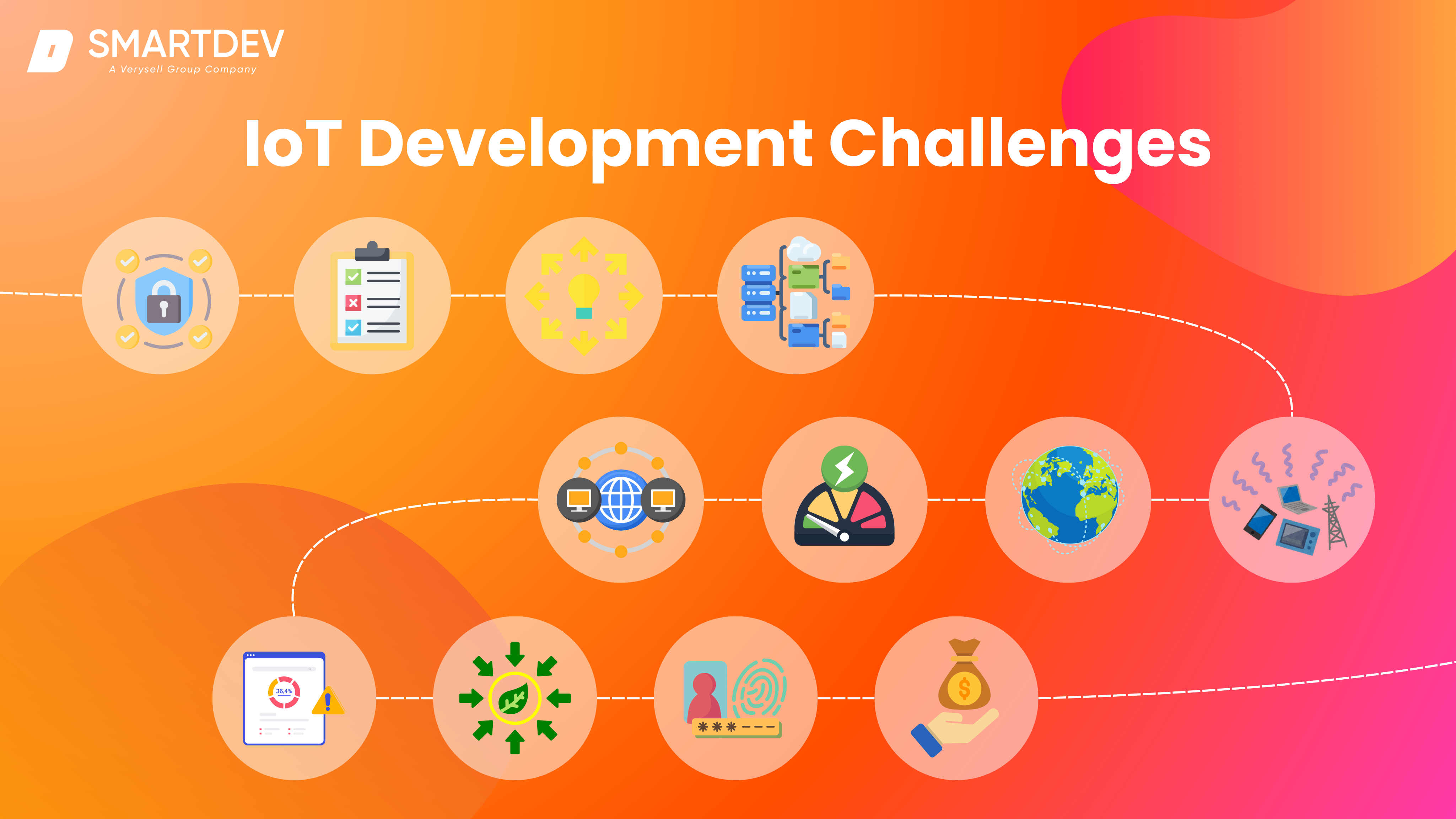

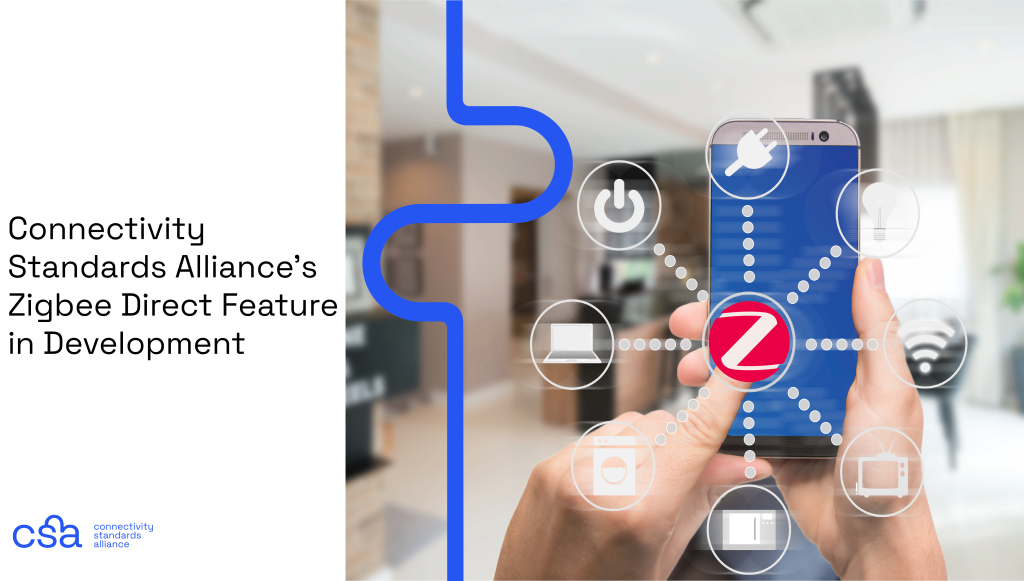
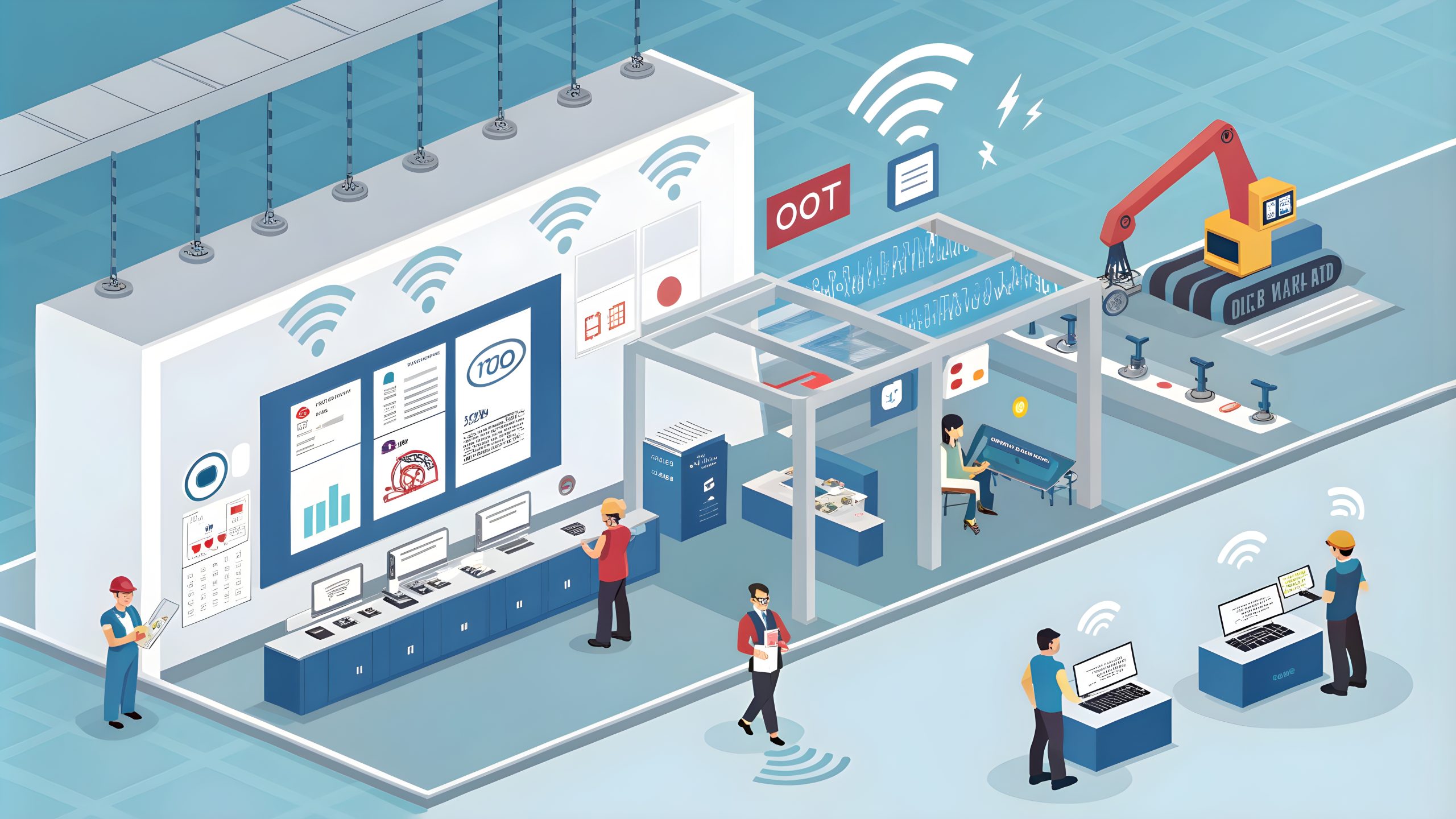 How to Overcome It?
How to Overcome It?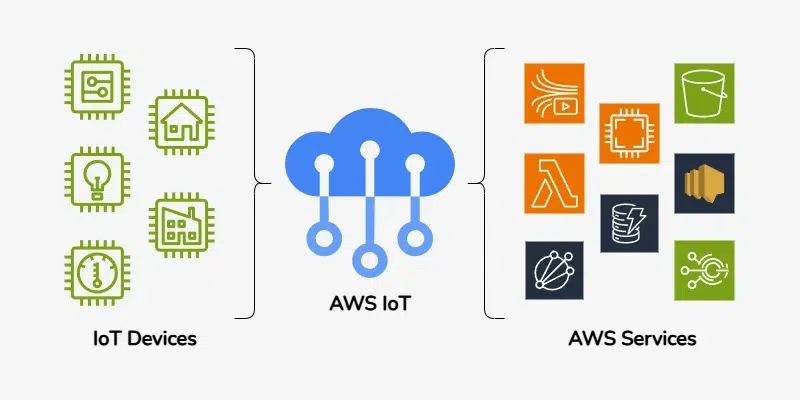
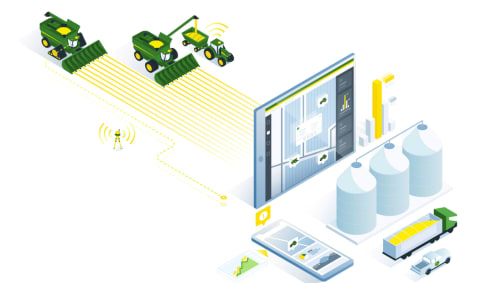
 How to Overcome It?
How to Overcome It?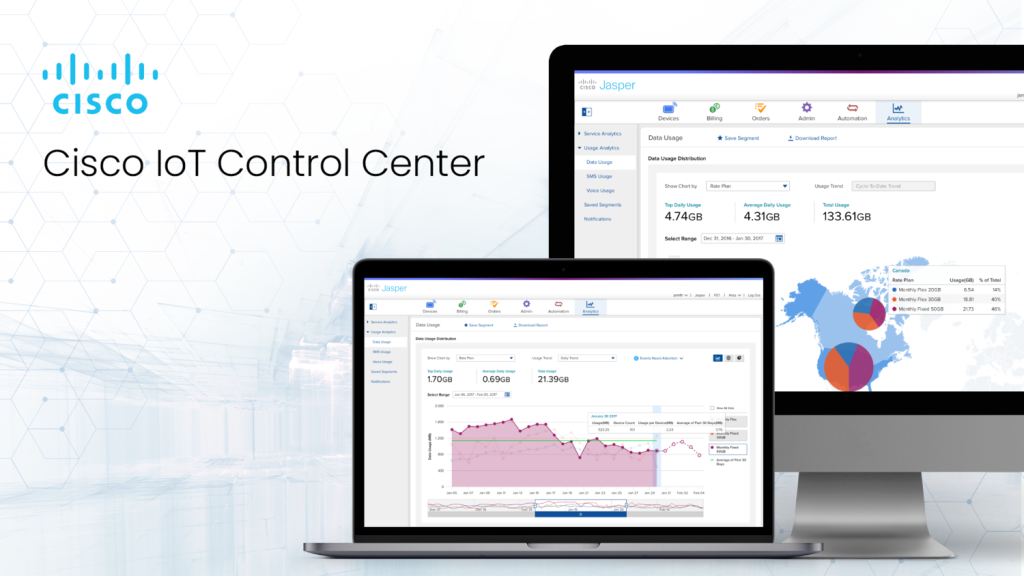
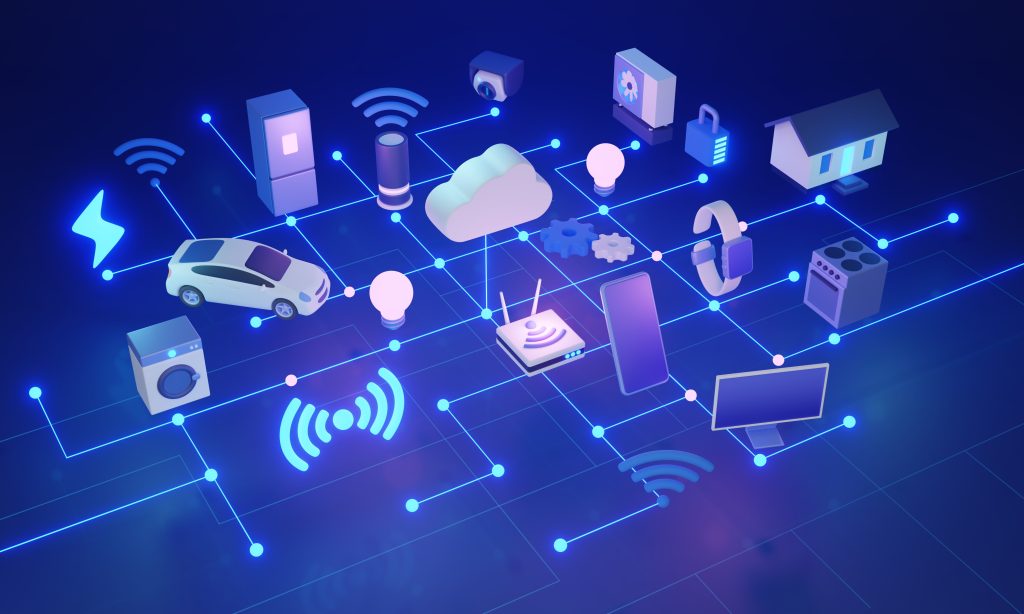
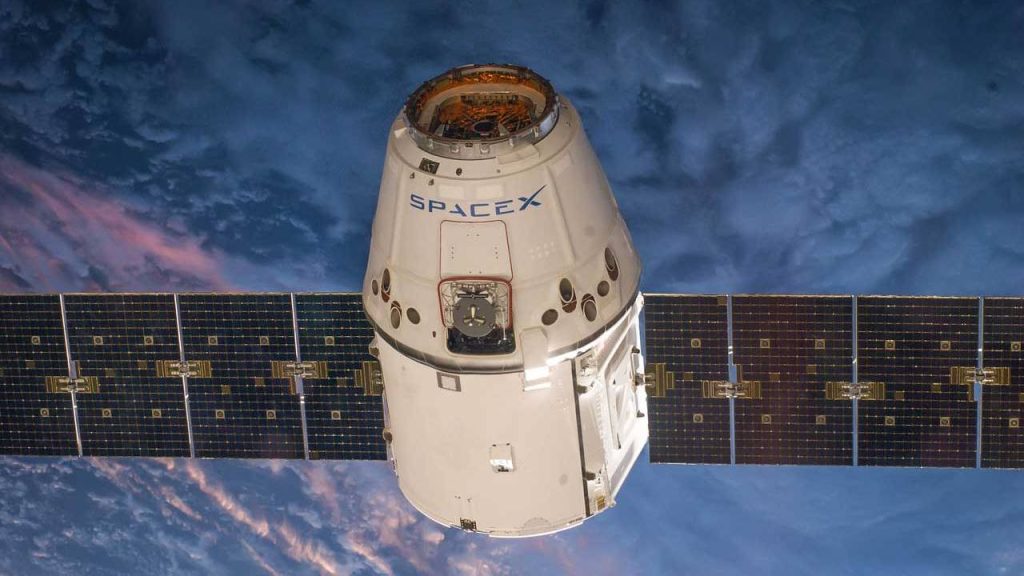
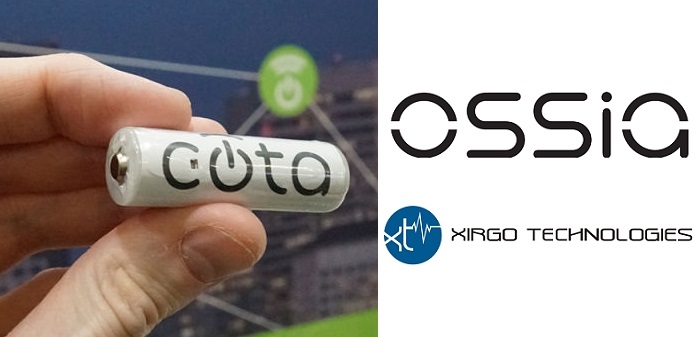
 How to Overcome It?
How to Overcome It?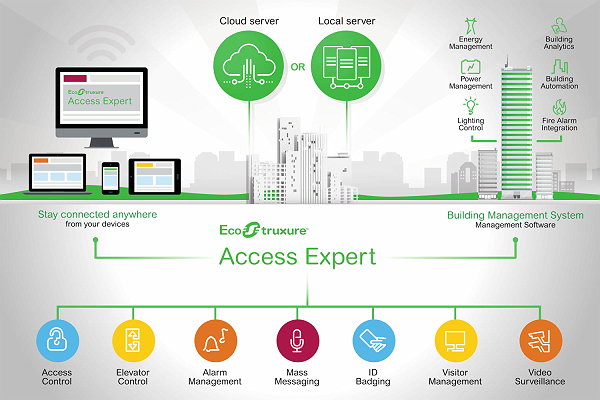
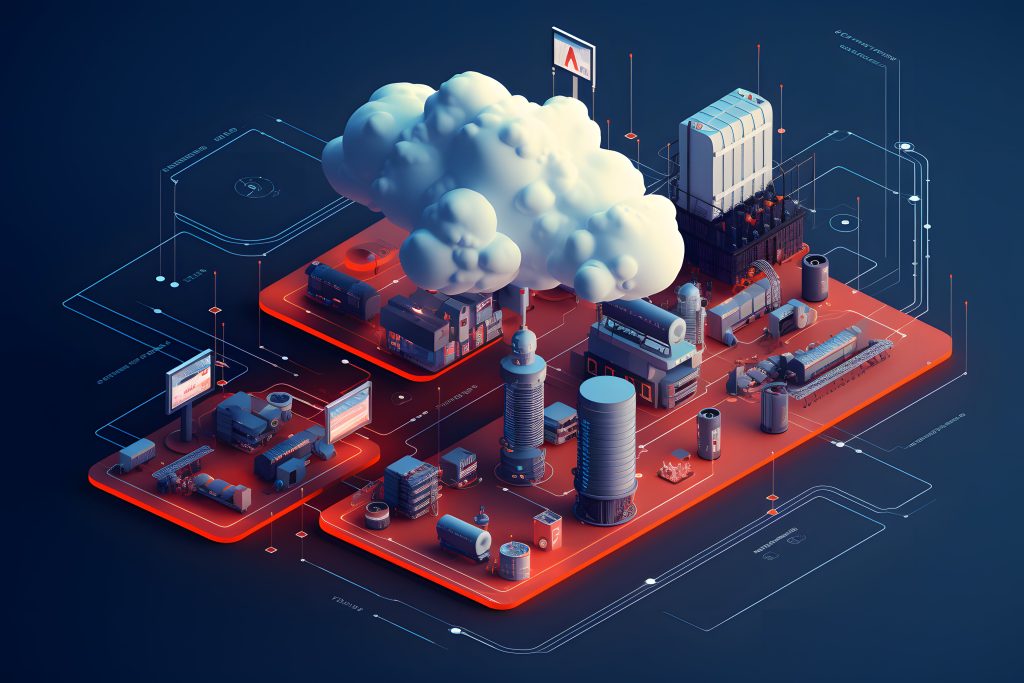 How to Overcome It?
How to Overcome It?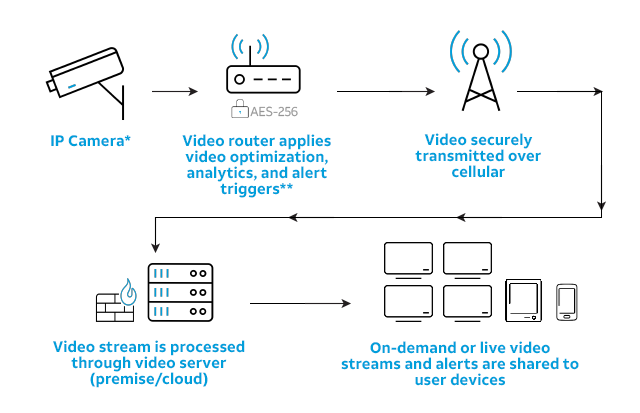
 How to Overcome It?
How to Overcome It?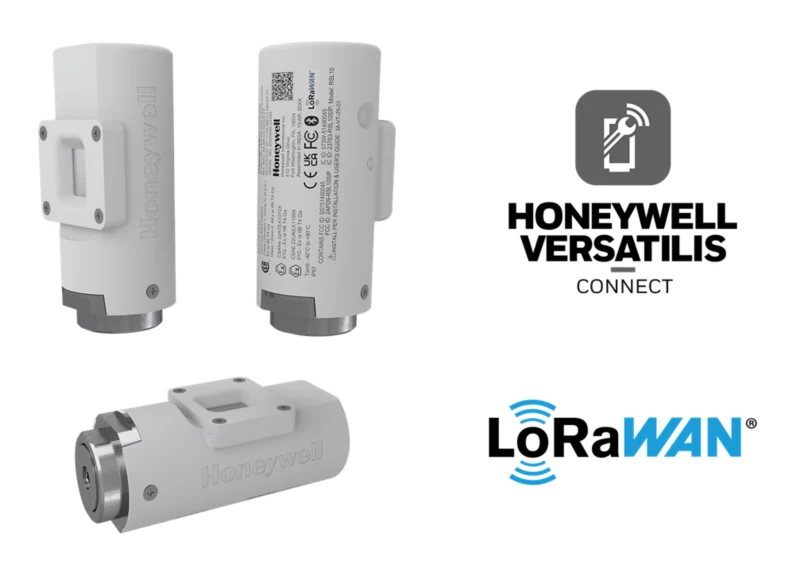
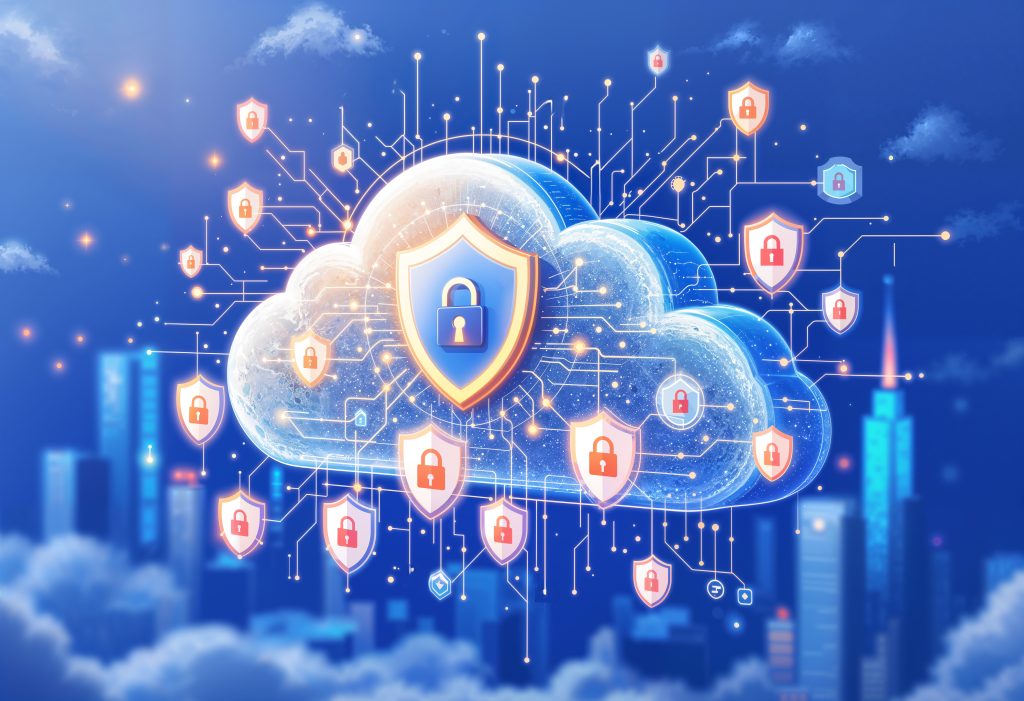 How to Overcome It?
How to Overcome It?